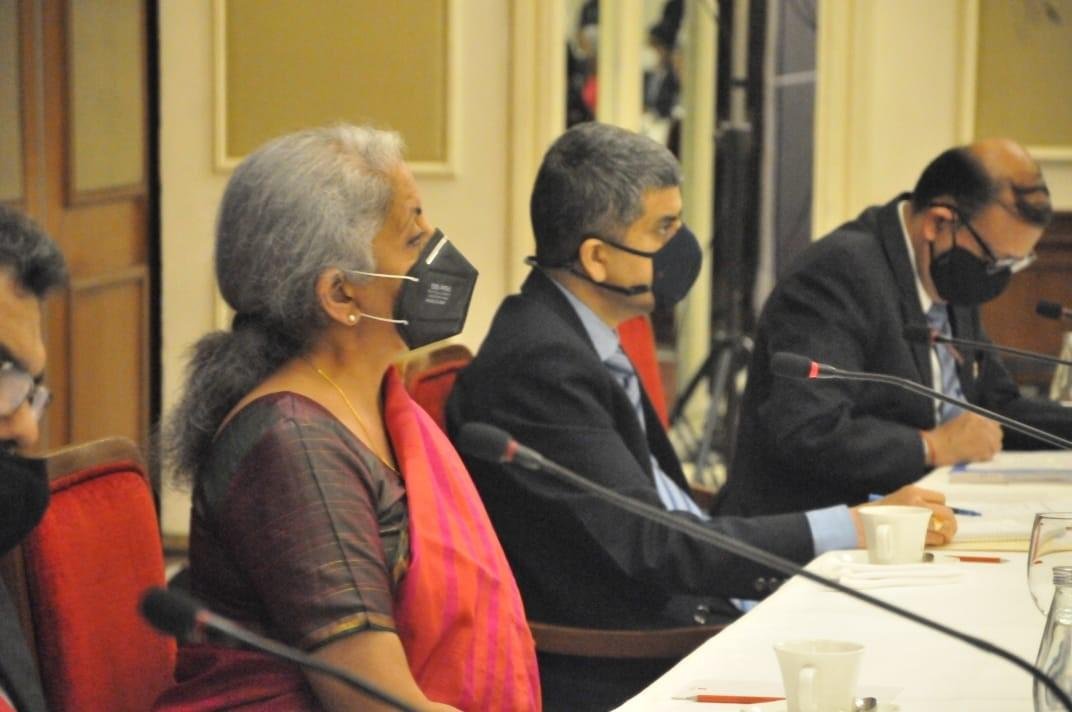Propel key sectors for jobs
The Confederation of Indian Industry (CII) called for lowering corporate tax rates, maintaining the peak rate of customs duty, kickstarting Government expenditure, and rationalising TDS as well as dispute resolution provisions.
The call was made in a pre-Budget consultation meeting with Ajay Bhushan Pandey, Revenue Secretary, Ministry of Finance.
“Employment creation needs a strategic boost, including from the lens of revenue generation,” Vikram Kirloskar, President, CII, during the meeting on 27 May 2019.
“The key sectors to be propelled for more job generation include the tourism ecosystem, the textiles to garments value chain, and farm-to-fork supply in the agriculture and food processing sector.
“End-to-end supply chains in the auto industry, construction sector and retail sector also require strong policy attention,” said Kirloskar, suggesting empowered experts to drive these sectors in mission mode for generating jobs.
“To fire the four engines of consumption, investment, Government spending and exports, it is essential to reduce income tax burden and expand the scope of investment allowance to all sectors including services sector, mining, electricity generation, infrastructure service providers, agriculture and agro-processing sector.
“There is need for higher export incentives to help Indian exporters address the cost disadvantage in global markets,” stressed Kirloskar.
“With fiscal deficit a top priority, a good measure of fiscal health would be to consider revenue and capital expenditure quality, revenue receipts quality, revenue and fiscal deficits to GDP through a composite fiscal deficit index,” suggested Chandrajit Banerjee, Director General, CII.
CII requested the Revenue Secretary that the first Union Budget presented by the new Government should announce the direction of taxation policy in the country.
CII recommended that the Government ensure consistency, certainty and continuity of taxation policies for the next 5 years.
“Government may also consider announcing a roadmap for tax policy over the next 5 years in order to attract investments,” stated Banerjee.
India currently has one of the highest corporate tax burdens among comparable economies. In addition to corporate tax and dividend distribution tax, MAT is also levied. A lower tax rate is the need of the hour for growth and investments.
CII emphasized that GST data could be leveraged to further widen the direct tax base, using big data.
Several suggestions were made on direct tax structure. CII noted that dividend distribution tax should be rationalised to 10% and should be taxed at the hands of the recipient
Long Term Capital Gains tax on equities and MAT should be removed, stated CII.
For a robust R&D footprint, the weighted deduction for R&D should be extended for a further period of 10 years.
To incentivize CSR spend by corporates, the mandatory CSR expenditure should be allowed to be treated as business expenditure.
With these, CII believes that taxation in the country would become more efficient with wider tax base and higher revenues.
For revitalizing the financial sector, CII recommended allocation of sufficient resources for bank recapitalization as this will improve banks’ capacity to lend and meet credit demand.
The government stake in Public Sector Banks should be reduced from 70% currently to 51% to enable capital infusion and promote efficiency in public sector banks.
For greater efficiency, focused credit delivery and better treasury management, CII suggests consolidation of public sector banks.
There is a strong need for setting up more Development Finance Institutions to fund long term investment requirements for infrastructure, the CII said in its calls. fiinews.com









